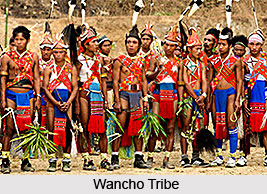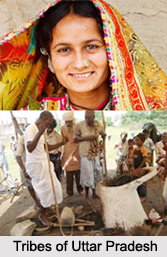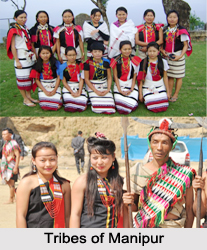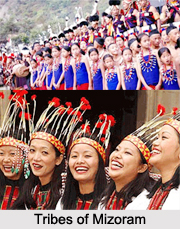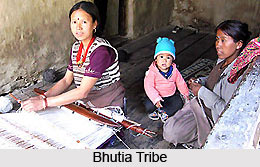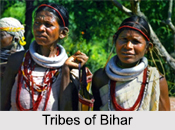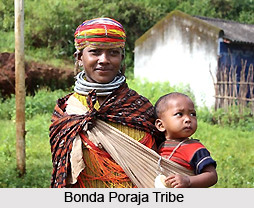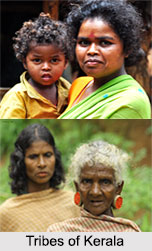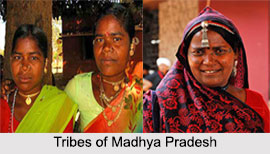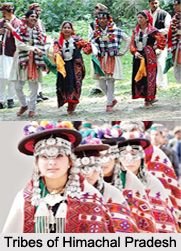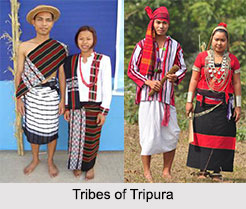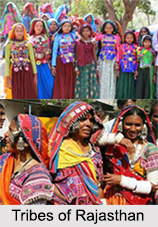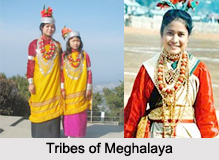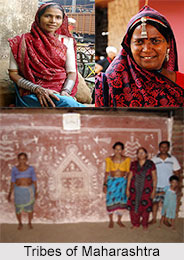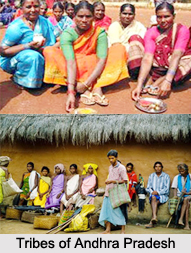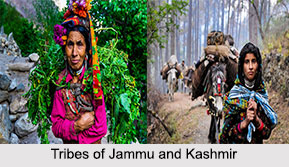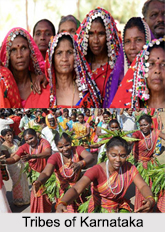Jom-Nagoa also known as Jom Nawa is an important festival of the Munda Tribe celebrated in the month of Bhado i.e. during July-August or Aswin i.e. during August-September when coarse paddy begins to ripe. The festival is associated with the eating of new rice of the harvest. It is thought that as the Mundas have borrowed the practice of agriculture from the Hindus, the practice of eating new rice must also have been adopted from them.
Prior to the festival the villagers approach the Pahan with the request to initiate the festival as the coarse rice has begun ripening. The Pahan then fixes a particular day for the celebration of the festival. The appointed day is generally a Monday, Wednesday or Friday.
On the appointed day the Pahan accompanied by a few villages depart towards the field of paddy with an arrow and fixes it in the field. Then facing the eastern direction he addresses the Singbongba to protect them from wild animals such as tigers and snakes. Red fowl is also sacrificed during this occasion.
The Pahan cuts the paddy stalks in his field followed by the villagers. The new rice is then carried by the villagers to their respective houses where they are boiled and consumed. Later they return to the fields where the Pahan brings with him a red fowl, some arwa rice and taben. He cuts off the head of the fowl after pronouncing the following formula. "He Desauli and such and such (names of all spirits) I have thee all, come and take your seats. I offer thee all new rice and fowl. Accept our greetings and save us from headache and all sorts of diseases, let us entertain ourselves with food and drink".
He now cuts off the head and sprinkles the blood on three heaps of rice placed earlier in the field. Upon returning home he prepares the fowl and the new rice and returns to the place of sacrifice. A portion of the prepared meal is divided in three parts and offered to the spirits in three leaf cups. The villagers then recite the following mantra in honour of the spirits. "Here, I offer you the meal after cooking. Let not tigers and snakes frighten us, let not cattle be splintured, let us be free from all sorts of troubles. Protect us, you, on behalf of Singbonga, because you all have been appointed by him to save us."
This marks the end of the pubic sacrifice after which the villagers depart for their respective houses and sacrifice the fowl in their own adiri and boils the new rice. The ancestors and spirits are also invited by reciting certain hymns. The whole family then sits down together to consume the meal of new rice and fowl.
